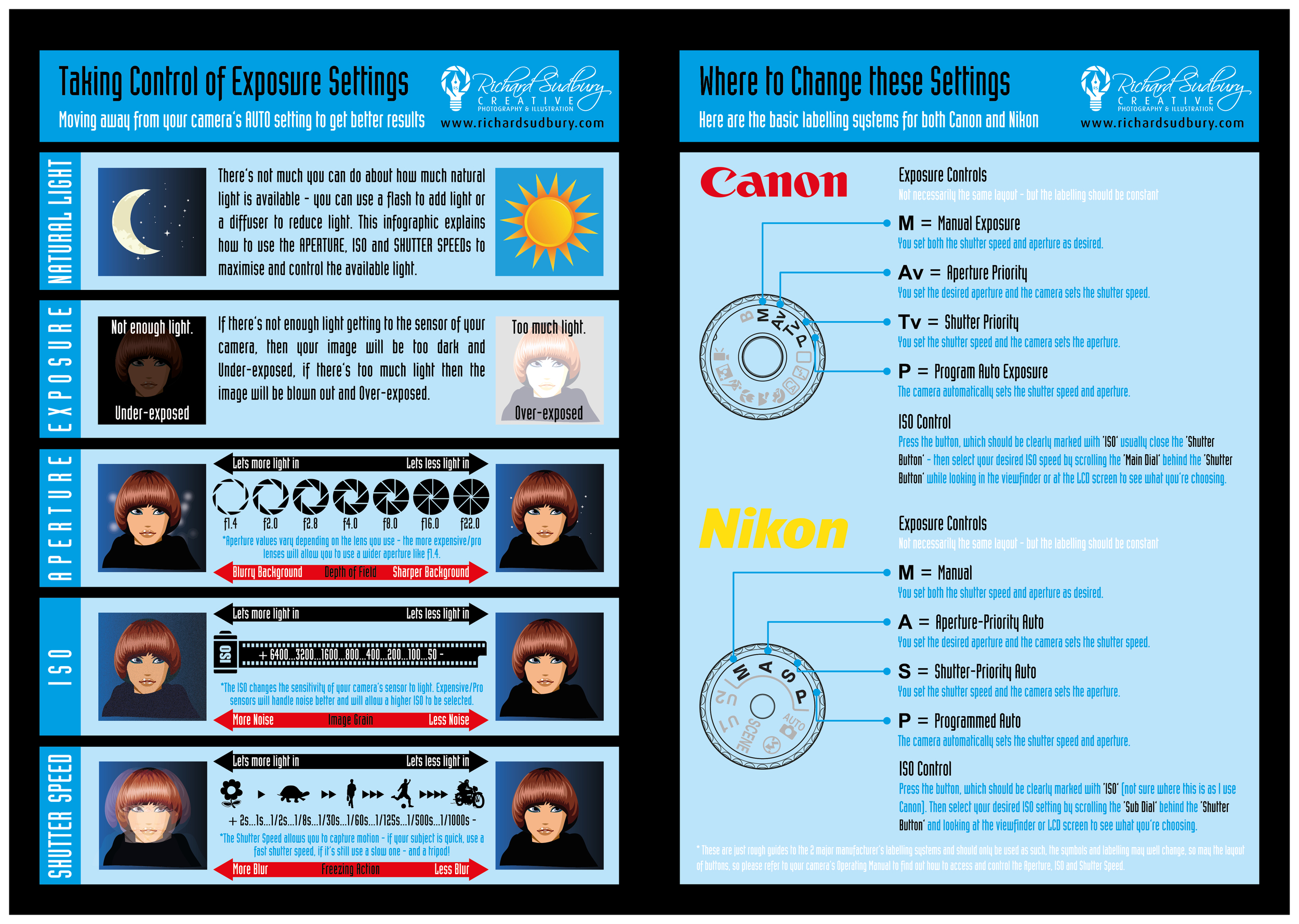What Every Photographer Needs To Learn About Illumination
What Every Photographer Needs To Learn About Illumination
Blog Article
Post Written By-Caldwell Heath
As a photographer, you understand that lights can make or break your photos. Recognizing the nuances of both all-natural and artificial light is vital for recording the mood and clearness you go for in your work. Whether you're chasing after the best gold hour radiance or tweak your fabricated configurations, mastering these aspects can raise your photography considerably. Yet there are common mistakes that numerous forget, and identifying them can change your strategy to every shoot. Let's discover what you might be missing out on and how it can affect your outcomes.
Comprehending Natural Light
Recognizing all-natural light is important for any professional photographer aiming to enhance their job. It's the foundation of excellent digital photography, influencing state of mind, tone, and quality. When you fire outdoors, take note of the moment of day. The golden hour-- quickly after dawn and prior to sundown-- uses soft, cozy light that can change regular scenes right into spectacular images.
Do not ignore the power of overcast days. Cloud cover diffuses sunlight, creating a soft, even light that's excellent for portraits and macro photography. You'll find colors pop in this kind of lighting without extreme darkness.
Placing issues, too. Constantly consider your subject's positioning to the light. If the sun's behind your subject, you may wind up with a silhouette, which can be dramatic however mightn't be what you desire. On the other hand, direct sunlight can create uncomplimentary darkness.
Explore angles; in some cases, transforming your perspective can produce fantastic results. Usage all-natural reflectors, like water or sand, to jump light onto your subject, including measurement.
Learning Artificial Light
Mastering man-made light is important for digital photographers who wish to take their skills to the following level. Whether you're making use of speedlights, workshop strobes, or constant lights, comprehending exactly how to adjust these sources can considerably boost your images.
Begin by familiarizing yourself with the fundamentals of light high quality, instructions, and shade temperature level. Explore various modifiers like softboxes, umbrellas, or grids to regulate the softness or cruelty of the light.
You'll discover that soft light typically produces flattering results, while harsher light can add dramatization and depth. Do not shy away from darkness; they can improve the three-dimensionality of your subjects.
Pay close attention to the positioning of your lights. A light located as well close to your subject can develop uncomplimentary results, while too far can bring about a lack of information. Make https://telegra.ph/Essential-Digital-Photography-Equipment-What-You-Really-Required-To-Start-01-08 of a light meter or your video camera's histogram to ensure you're subjecting correctly.
Lastly, bear in mind that artificial light can be blended with ambient light for creative results. Balancing these sources could take method, but once you understand it, your digital photography will truly beam.
Methods for Various Circumstances
When you step into various capturing scenarios, adjusting your lights techniques is important for capturing the best images. For exterior portraits, make use of the golden hour-- early morning or late afternoon light-- to soften shadows and improve complexion.
If it's an extreme lunchtime sun, consider making use of a reflector to jump light back onto your topic or look for shaded locations for an extra also exposure.
In low-light circumstances, like indoor events, boost your ISO and utilize a vast aperture to let in even more light. A tripod can assist remove camera shake, allowing for longer direct exposures without blurring.
If you're shooting at night, experiment with off-camera flash to develop dynamic lighting and depth in your pictures.
For product photography, utilize diffused illumination to stay clear of extreme reflections. Softboxes or light camping tents can aid attain this effect.
When photographing landscapes, think about the direction of light and time of day, as it can dramatically alter the mood of your shot.
Constantly be ready to readjust your settings and placing based on the scenario, as adaptability is vital to grasping lighting in digital photography.
PR Photos , mastering lights is crucial to boosting your photography abilities. Embrace all-natural light's appeal throughout golden hour, and do not avoid experimenting with man-made light methods. By adapting your technique to various scenarios, you'll capture stunning pictures that reverberate with feeling and quality. Bear in mind, the best lights can transform an average shot into something extraordinary, so keep practicing and fine-tuning your understanding of both natural and man-made light. Pleased capturing!
